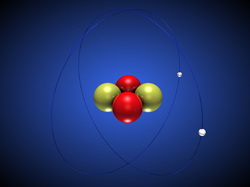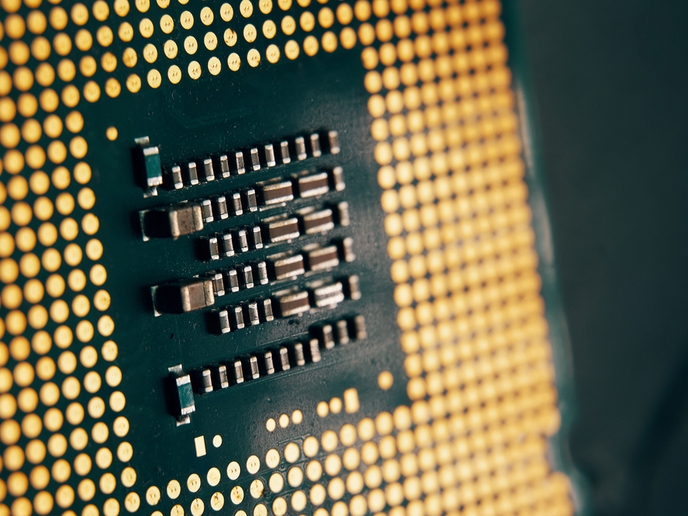One step closer to quantum computers
Computers based on quantum bits (qubits) instead of on standard bits have the potential to perform calculations at an exponentially higher rate than that of standard computers. Quantum computers open up limitless applications to complex numerical calculations – think of the huge difference in capability between a calculator and a computer in terms of quickly executed repetitive calculations. The power of qubits lies in their ability to exist in more than one state at a given time – no more ‘0’ or ‘1’, now ‘0 and 1’ is also a possibility. However, an interference phenomenon called decoherence has proved a major stumbling block to the performance required for quantum calculation. Decoherence refers to random changes in quantum states, an instability that leads to loss of information. Thus, the main issue in dealing with qubits is decoherence. A number of designs for qubits are based on the so-called Josephson effect in low critical temperature (Tc) superconductors (LTSs), where the critical temperature is that at which a material becomes superconducting. The Josephson effect, the ability of electrons to ‘tunnel’ through very thin non-conducting regions in the absence of an applied external voltage, likely arises from incoherence of the electrons in the two superconductors separated by that region. The system of two semiconductors and the typically non-conducting space between them is the Josephson junction (JJ). European researchers supported by funding of the HYBMQC project seek to demonstrate the feasibility of designing high-quality qubits partly based on the Josephson effect in high Tc superconductors (HTSs) for intrinsic quantum protection against decoherence. Scientists have conducted numerous experiments comparing LTS and HTS JJs. They focused on alternatives to the conventional niobium (Nb) junctions, including niobium nitride (NbN). These junctions were characterised by moderately damped regimes (MDRs), with damping able to sustain macroscopic quantum tunnelling at lower temperatures compared to conventional JJs. HTS JJs appeared to offer comparable functionalities to LTS JJs with more flexibility. Progress in control of HTS JJs led to design of an HTS quantum interference device (rf-SQUID) and the impetus for a new hybrid design and fabrication integrating indium arsenide (InAs) nanowires. The efficiency of the qubits produced by the HYBMQC project team using classical junction platforms opens the way for extension to novel materials with potentially novel functions.







